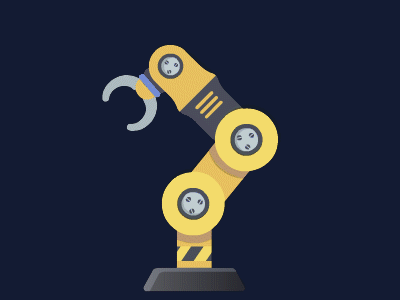Intro
Astrobee, NASA’s new free-flying robotic system, will help astronauts reduce time they spend on routine duties, leaving them to focus more on the things that only humans can do. Working autonomously or via remote control by astronauts, flight controllers or researchers on the ground, the robots are designed to complete tasks such as taking inventory, documenting experiments conducted by astronauts with their built-in cameras or working together to move cargo throughout the station. In addition, the system serves as a research platform that can be outfitted and programmed to carry out experiments in microgravity – helping us to learn more about how robotics can benefit astronauts in space.
The Astrobee system consists of three cubed-shaped robots, software and a docking station used for recharging. The robots use electric fans as a propulsion system that allows them to fly freely through the microgravity environment of the station. Cameras and sensors help them to “see” and navigate their surroundings. The robots also carry a perching arm that allows them to grasp station handrails in order to conserve energy or to grab and hold items.
Fast Facts:
- The three robots are named Honey, Queen, and Bumble.
- The robots are shaped like cubes 12.5 inches wide.
- When needed, the robots can return to their docking station and recharge their battery power.
- Each robot also carries a perching arm that allows it to grasp station handrails in order to conserve energy or to assist astronauts.
Astrobee Software
Astrobee’s flight software performs vision-based localization, provides autonomous navigation, docking and perching, manages various sensors and actuators, and supports human-robot interaction with co-located astronauts via screen-based displays, light signaling, and sound. The flight software is hosted on each Astrobee’s three internal single board computers and uses the open-source Robot Operating System (ROS) framework as message-passing middleware. It provides a high-level Astrobee Command API for controlling the robot and has multiple operating modes. It can execute a plan (command sequence), individual operator commands (teleoperation), or commands from guest science code running onboard Astrobee.
Astrobee is a free-flying robot that is designed to operate as a payload inside the International Space Station (ISS). The Astrobee Robot Software consists of embedded (on-board) software, supporting tools and a simulator. The Astrobee Robot Software operates on Astrobee’s three internal single board computers and uses the open-source Robot Operating System (ROS) framework as message-passing middleware. The Astrobee Robot Software performs vision-based localization, provides autonomous navigation, docking and perching, manages various sensors and actuators, and supports user interaction via screen-based displays, light signaling, and sound. The Astrobee Robot Software enables Astrobee to be operated in multiple modes: plan-based task execution (command sequencing), teleoperation, or autonomously through execution of hosted code uploaded by project partners (guest science). The software simulator enables Astrobee Robot Software to be evaluated without the need for robot hardware.
Documentation
“A Brief Guide to Astrobee’s Flight Software” is a good tutorial, with a particular emphasis on the advanced topic of modifying Astrobee’s flight software to enable Guidance, Navigation, & Control (GN&C) research. (Note that most guest science can be implemented as an app that uses the Astrobee Command API without modifying the flight software.)
Astrobee Arm
Astrobee Perching Arm
Astrobee has a two-joint perching arm which is controlled separately from the rigid body control, as shown in Figure 10 [1]. The arm’s motion is treated as a “behavior”, and is found in behaviors/arm. The documentation is fleshed out within the source code, but essentially there are three layers of the arm software: firmware for the servos on a dedicated microcontroller; middleware to translate to/from serial commands and sensor msgs::JointState messages; and highlevel action commands through the arm behavior using ff msgs::ArmAction messages.
Blue tentacle-like arms attached to an Astrobee free-flying robot grab onto a “capture cube” in this image from Feb. 4, 2025. The experimental grippers demonstrated autonomous detection and capture techniques that may be used to remove space debris and service satellites in low Earth orbit.
Astrobee Simulation
Astrobee Simulation
ISS Coordinate System
ISS Coordinate System
The ISS world is a mockup of the US Segment of the International Space Station. By default, Astrobee is docked in the Japanese Experiment Module (JEM) 11 of this segment. The approximate volume of this segment is 1.5 × 6.4 × 1.7 m, in ISS coordinates








